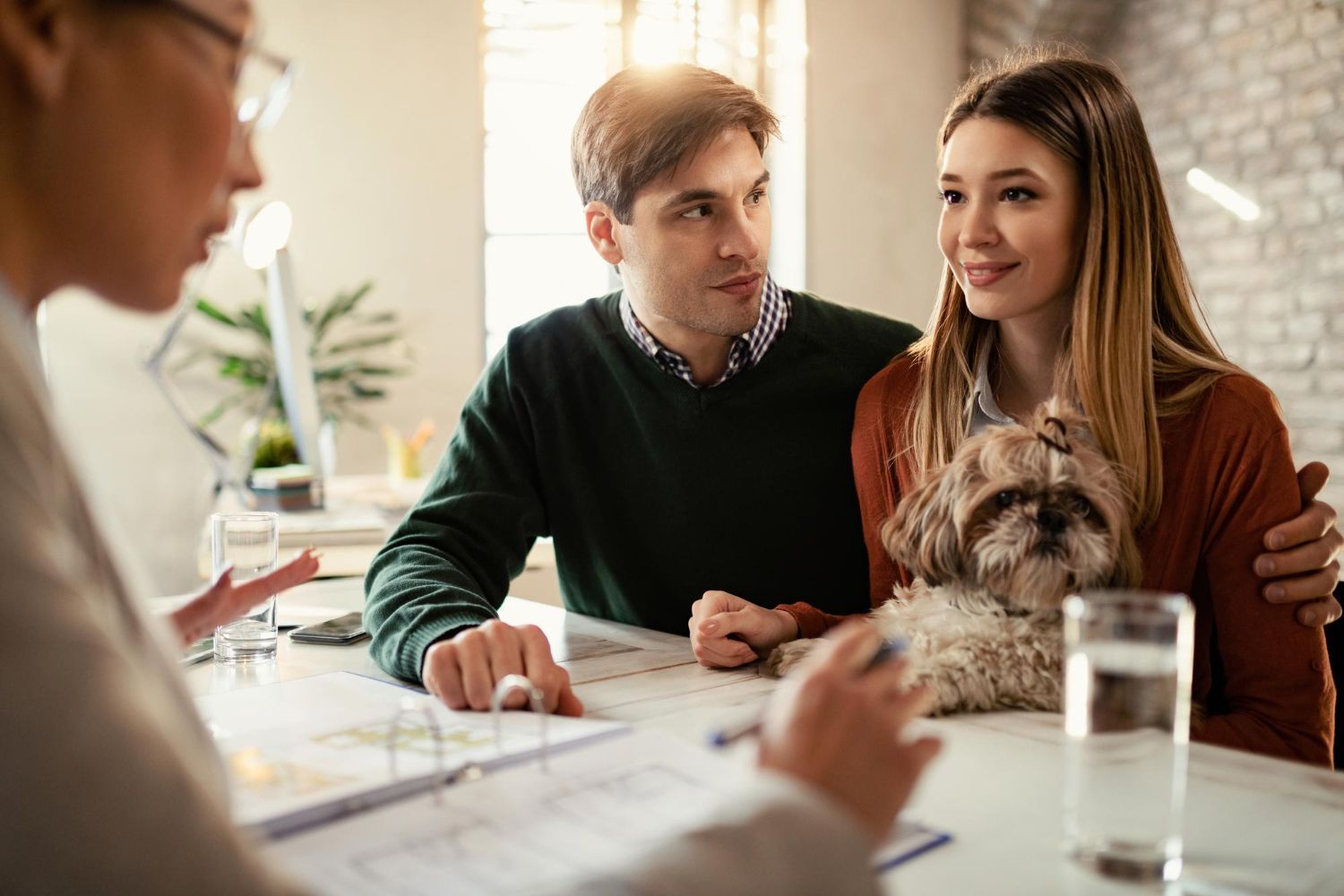Stamp Duty Changes Effective 1 April 2025

Overview
You must pay Stamp Duty Land Tax (SDLT) if you buy a property or land over a certain price in England and Northern Ireland.
You pay the tax when you:
- buy a freehold property
- ·buy a new or existing leasehold
- ·buy a property through a shared ownership scheme
- ·are transferred land or property in exchange for payment, for example you take on a mortgage or buy a share in a house
Thresholds
The threshold is where SDLT starts to apply. If you buy a property for less than the threshold, there’s no SDLT to pay. The current SDLT thresholds are:
- Residential properties is £125,000.
- The threshold for non-residential land and properties is £150,000.
- ·The threshold for First-time Buyers is £300,000 if the property is worth £500,000 or less.
How much you pay
How much you pay depends on whether the land or property is residential use or non-residential or mixed-use. If you’re buying a residential property, there are different rates of SDLT if:
- you’re a first-time buyer
- you already own a property and you’re buying an additional property
- you’re not a UK resident
You can use HM Revenue and Customs’ (HMRC) Stamp Duty Land Tax calculator to work out how much tax you’ll pay.
You may be able to reduce the amount of tax you pay by claiming relief, such as if you’re a first-time buyer or purchasing more than one property (‘multiple dwellings’).
How and when to pay
You must send an SDLT return to HMRC and pay the tax within 14 days of completion.
If you have a solicitor, agent or conveyancer, they’ll usually file your return and pay the tax on your behalf on the day of completion. They’ll then add the tax to their fees. They’ll also claim any relief you’re eligible for, such as if you’re a first-time buyer. If they do not do this for you, you can file a return and pay the tax yourself.
Residential Property Rates
You usually pay Stamp Duty Land Tax (SDLT) on increasing portions of the property price when you buy residential property, for example a house or flat. SDLT only applies to properties over a certain value.
The amount you pay depends on:
- when you bought the property
- how much you paid for it
Rates for a single property
You pay stamp duty at these rates if, after buying the property, it is the only residential property you own. You usually pay 5% on top of these rates if you own another residential property.
There were different thresholds and rates for residential properties before 23 September 2022.
You can also use this table to work out the SDLT for the purchase price of a lease (the ‘lease premium’).
Property or lease premium or transfer value SDLT rate
Up to £125,000 Zero
The next £125,000 (the portion from £125,001 to £250,000) 2%
The next £675,000 (the portion from £250,001 to £925,000) 5%
The next £575,000 (the portion from £925,001 to £1.5 million) 10%
The remaining amount (the portion above £1.5 million) 12%
Example
In April 2025 you buy a house for £295,000. The SDLT you owe will be calculated as follows:
0% on the first £125,000 = £0
2% on the second £125,000 = £2,500
5% on the final £45,000 = £2,250
total SDLT = £4,750
If you’re buying your first home
You can claim a discount (relief) if the property you buy is your first home. This means you’ll pay:
- no SDLT up to £300,000
- · 5% SDLT on the portion from £300,001 to £500,000
If the price is over £500,000, you cannot claim the relief. Follow the rules for people who’ve bought a home before.
You’re eligible if you and anyone else you’re buying with are first-time buyers.
If the price is over £625,000, you cannot claim the relief. Follow the rules for people who’ve bought a home before.
Example
You are a first-time buyer and purchase a property for £500,000. The SDLT you owe will be calculated as:
0% on the first £425,000 = £0
5% on the remaining £75,000 = £3,750
total SDLT = £3,750
New leasehold sales and transfers
When you buy a new residential leasehold property you pay SDLT on the purchase price of the lease (the ‘lease premium’) using the rates above.
If the total rent over the life of the lease (known as the ‘net present value’) is more than the SDLT threshold (currently £125,000), you’ll pay SDLT at 1% on the portion over £125,000.
This does not apply to existing (‘assigned’) leases.
Higher rates for additional properties
You’ll usually have to pay 5% on top of SDLT rates if buying a new residential property means you’ll own more than one.
If you’re replacing your main residence
You will not pay the extra 5% SDLT if the property you’re buying is replacing your main residence and that has already been sold.
If you have not sold your main residence on the day you complete your new purchase you’ll have to pay higher rates. This is because you own 2 properties.
How does stamp duty work on buy-to-let properties
If you’re buying an additional property, such as a buy-to-let, landlords will have to pay an extra 5% in stamp duty on top of the rates for each band.
For further information and to use online calculators please visit https://www.gov.uk/stamp-duty-land-tax
Please be aware that by clicking on to the above link you are leaving Weston Mortgages Online website. Please note that Weston Mortgages Online nor HL Partnership Limited are responsible for the accuracy of the information contained within the linked site(s) accessible from this page.
IF YOU HAVE ANY QUERIES REGARDING YOUR SPECIFIC SITUATION/LIABILITY WE RECOMMEND THAT YOU SPEAK TO YOUR SOLICITOR, CONVEYENCER OR ACCOUNTANT.
For further details about the service, we offer or any other mortgage information book a consultation with one of our expert Mortgage Advisers, please contact us
Please call Russell Green on 01934 442023 or email russell@swmortgages.com
Visit our website www.westonmortgagesonline.com
Please remember: YOUR HOME MAY BE REPOSSESSED IF YOU DO NOT KEEP UP REPAYMENTS ON YOUR MORTGAGE.
Our initial mortgage consultation is free and with no obligation, should you proceed to an application there will usually be a fee for mortgage advice. The precise amount of the fee will depend upon your circumstances but will range from £290to £490 and this will be discussed and agreed with you at the earliest opportunity.











